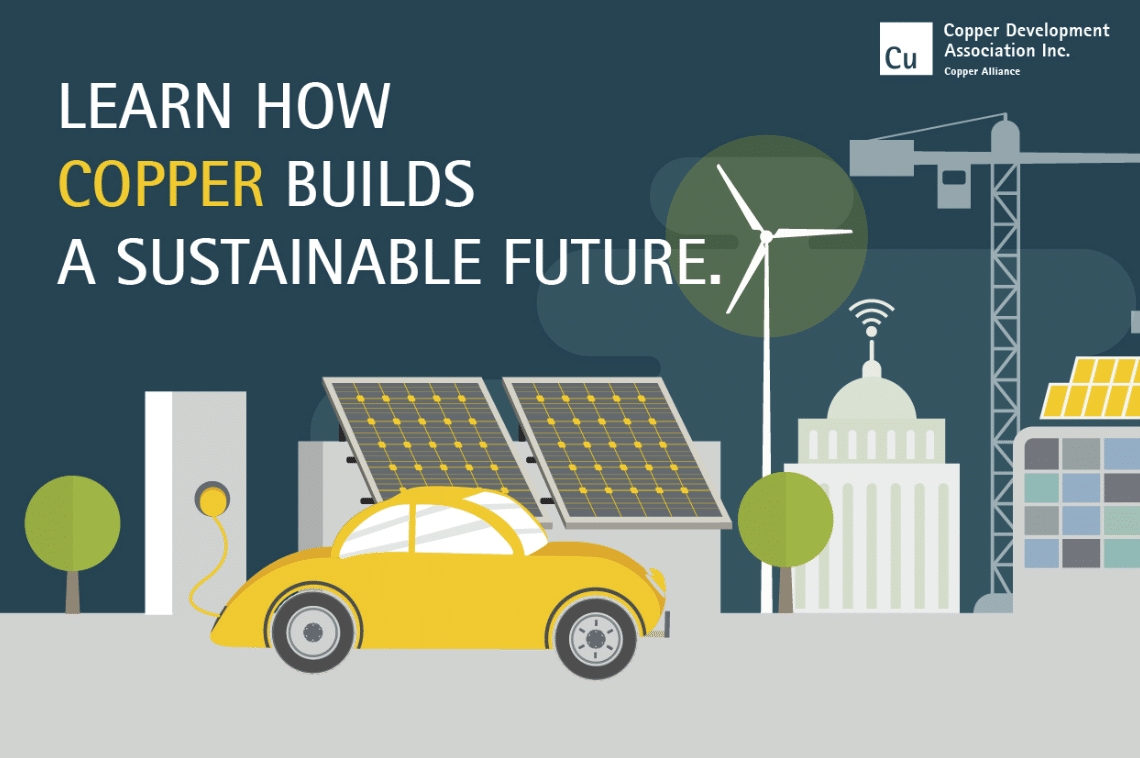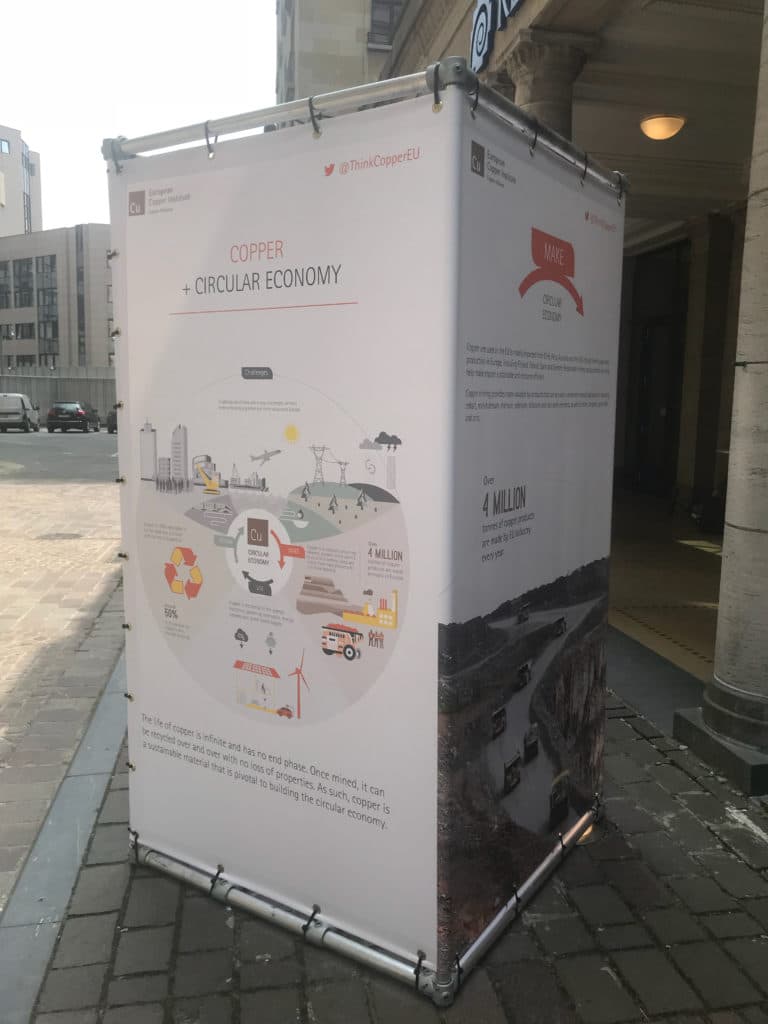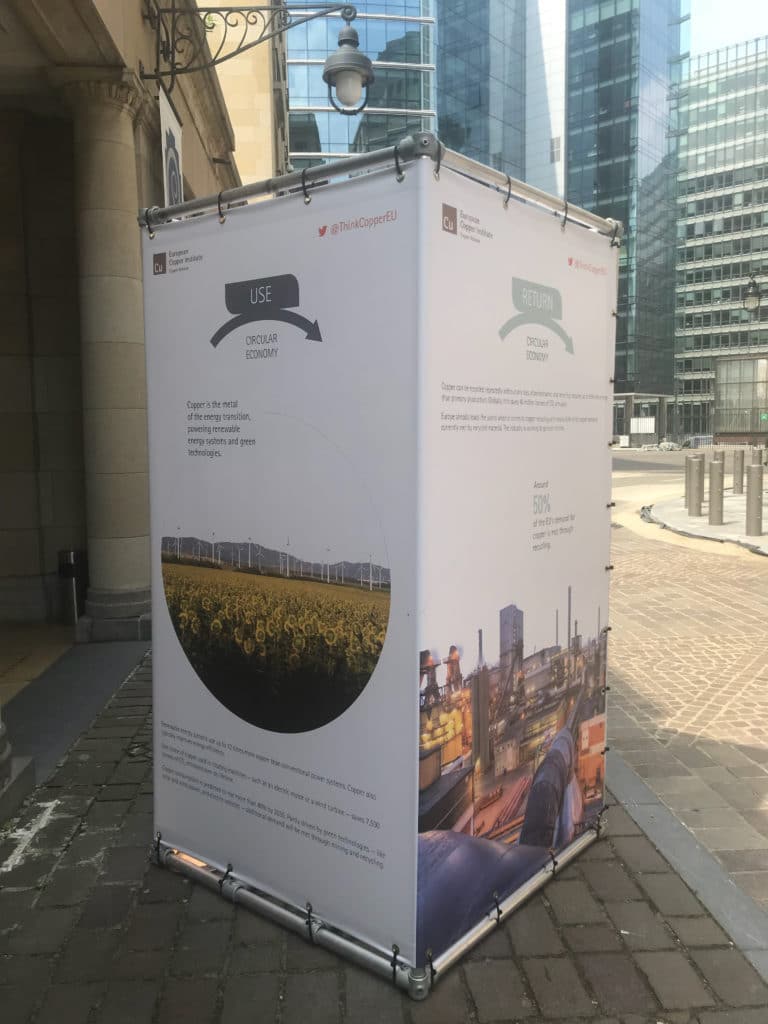The Members of the International Copper Association (ICA) are proud to introduce the Copper Mark—a new assurance system for responsible copper production.

Goals of the Program
Designed for and in participation with the copper industry, the Copper Mark aims to demonstrate and improve the industry’s contribution to sustainable development over time by assessing the performance of copper mines and refiners against responsible production criteria and verifying performance through the Copper Mark Assurance Process.
Through the Copper Mark, investors in copper production and copper consumers will be able to make informed decisions about responsibly produced copper in their supply chains, recognize and demonstrate their support for committed suppliers, and make positive contributions to sustainable development.
How the Copper Mark Works
Inspired by the UN Sustainable Development Goals, the Copper Mark takes a comprehensive approach to sustainability and includes a credible verification of practices at copper production sites, including mines, smelters and refineries. Unlike many existing initiatives that follow a “standard-audit-certification” model, the Copper Mark is based on facilitating a flow of information on site-level, risk-management practices and public reporting on the positive on-the-ground impact.
The Copper Mark is a voluntary program open to all industry members and can be used by verified sites in corporate literature, invoices, contracts, etc., and on copper products to convey a copper producer’s commitment to meet industry sustainability standards in their operating practices. While initially established, funded and staffed by ICA, the program will be overseen by an independent entity governed by a multi-stakeholder body as soon as the first quarter of 2020.





